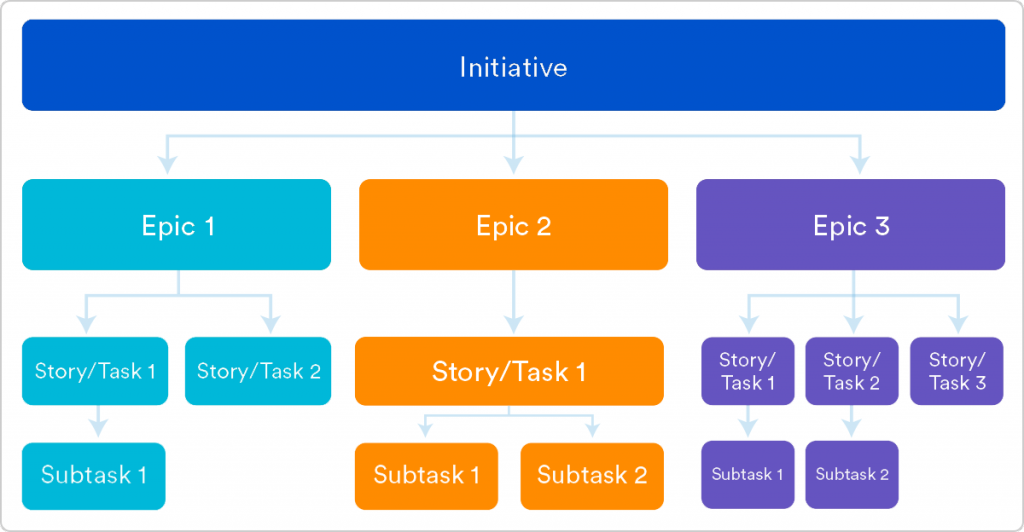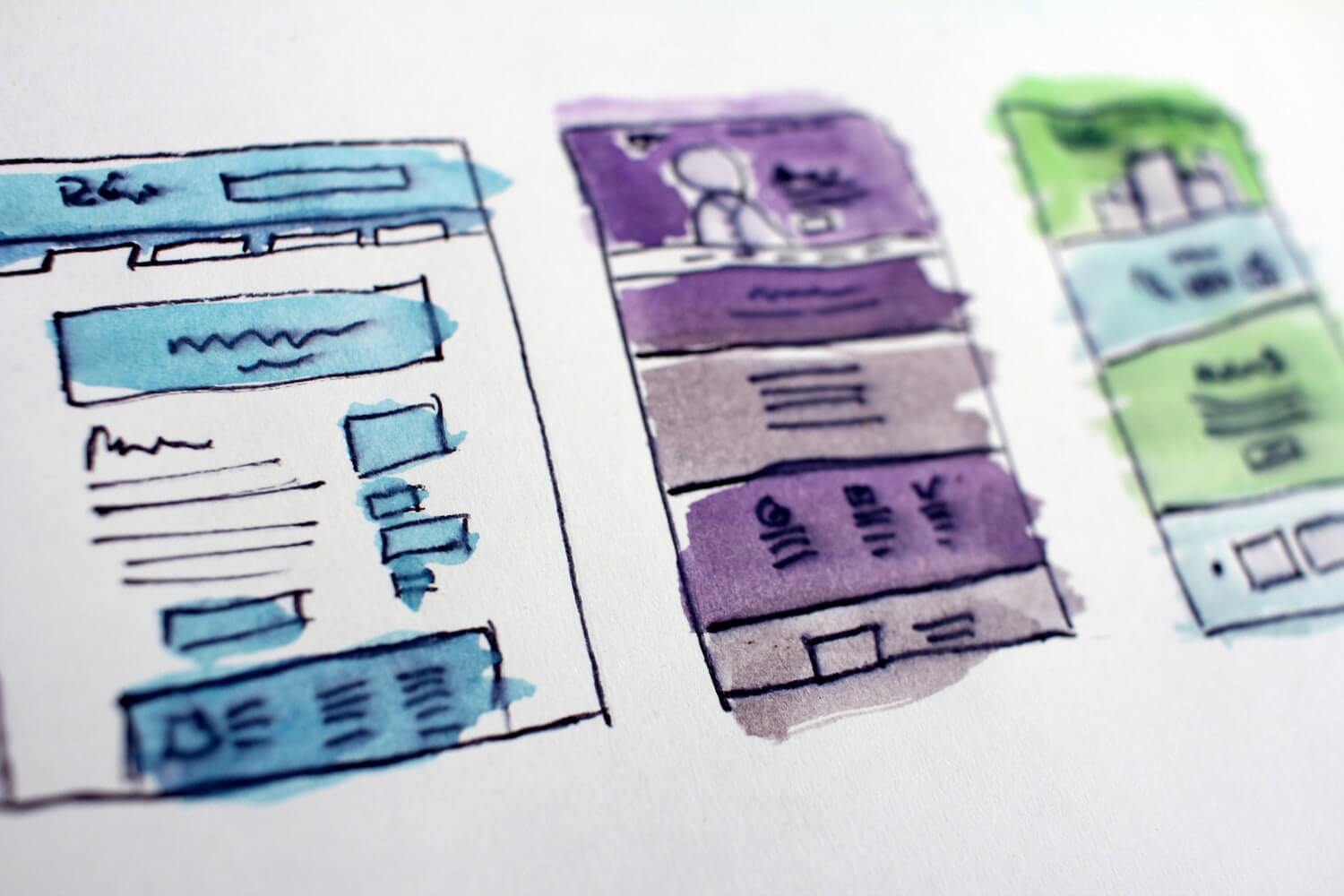Let’s say you’re planning on developing a new software; you’ll need to get everything down and plan things out from the largest objectives to the smallest details. Every software project needs to be structured accurately; and forming epics, themes, and user stories is a way to do that.
But before we thoroughly define what each of these terms means:
A bit on scope estimation and project estimation in general!
You have probably heard of the iron triangle model in project planning. Three main constraints make up this triangle. These constraints (that need managing and estimation in every software development project) are:
- The deliverables (or the scope) which are the features and functionalities that need work to deliver a final working product
- The resources that include the project’s budget and team members working on it
- The timeline that indicates when deliverables are ought to be delivered
These constraints are “iron” because you cannot change one of them without impacting the other two.
In agile management, the project’s timeline and resources are fixed metrics, unlike the scope, that varies. Although, teams usually follow fixed iterations of work (for example, sprints while using a scrum framework).
The resources and timeline are easily measurable. The scope, on the other hand, is the hardest of the three constraints to estimate.
Project estimations almost always initially begin with estimating the scope. In this level of estimation, a high-level and general classification of different items is carried out.
Depicting epics, themes, and user stories (or stories) is a way to classify the scope when estimating it.
Afterwards, the items are prioritized and taken care of in order of their importance.
What is an epic?
An epic is a large chunk of work you cannot deliver during one sprint. Instead, you can break it down into smaller, more specific units (called user stories). Of course, there are no set criteria to determine the largeness of an epic, so an epic’s size varies from company to company.
An epic usually encompasses multiple teams working on several projects during a set of sprints.
For example, in a software development project, a user authentication feature is an epic.
A collection of epics that drive toward a common goal form a theme.
What is a user story?
User stories are the smaller units of work in an agile framework. Several similar user stories make up an epic (it’s better to create an epic if there are more than five user stories with the same focus).
Software development is primarily user-centered, and user stories put actual end-users first. Using the epic and deriving a user story from it provides a concise context for the developing team; this way, they will have a distinct outlook on what to build and why build it.
You can construct user stories by using user story formats: as a ___, I want ___ so that ___.
For example: as a customer, I want to be able to view all the top products so that I can choose the best one that suits me.
In the example above, the user story is a feature that enables customers to view the top products.
User stories fit in the scrum framework neatly. During sprint planning meetings, teams decide which user stories to take on and discuss their features and requirements (and even determine their sizes and required effort by using agile estimation techniques).
To make things even more detailed, developers can break stories into tasks and subtasks. Tasks and subtasks determine who needs to complete which specific step and how.
As the software development process progresses, and the team learns more about the epic through customer feedback, they can add and remove user stories as necessary.
Read more about themes, epic, and user story on Atlassian.

How does WinATalent estimate the scope of your software project?
At WinATalent, we offer estimation services that help you have a clearer understanding of your project, its requirements, and its outcome.
First, we start by estimating the scope of your software project. We break your project into tangible epics and specific user stories and determine its minimum requirements.
Then, we discuss your project amongst our team members and estimate its backlog tasks.
In short, our report will consist of several relative time and scope estimates based on different circumstances, such as your in-house or outsourced team’s experience, your budget, etc.
By using this data, you will confidently know what to expect from your team and your final deliverable product.
Find out more about our estimation services at WinATalent.

Nice post.
Very nice. 👌👌
Thanks for the post!
In my opinion Scrum methodology suits surely any type of software project as it aims to divide a large software project into smaller components so that each task could be executed highly qualified and double-checked. Initiatives, epics, and user stories have the same goals but different tasks. By splitting the project into several sprints, the team can easily test each of them to finally release a successful product.
Thanks for the explanation. It’s interesting that epics can mean different things for different people. It’s important thought that everyone in the team agrees with one definition, otherwise there might be some misunderstandings.